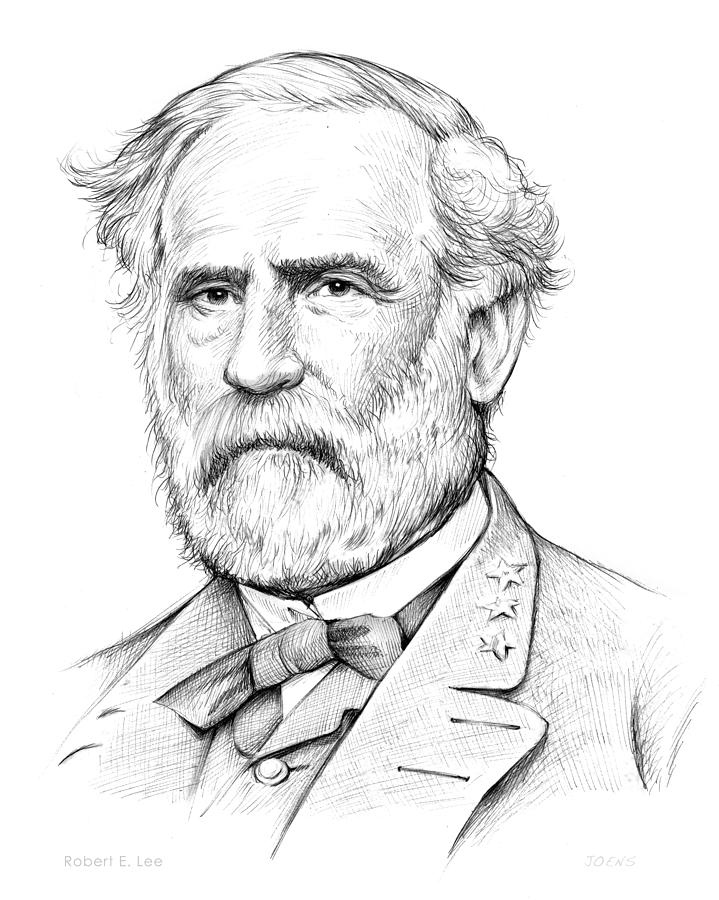Civil architect pvcirtual getdrawings
Table of Contents
Table of Contents
Civil engineering is a complex and fascinating field that involves designing and constructing structures such as buildings, bridges, and roads. One of the most critical aspects of civil engineering is reading and interpreting engineering drawings. These drawings are used to communicate important design specifications to contractors and builders, making them a crucial component of the building process. In this post, we will discuss some essential tips for reading civil engineering drawings, so you can better understand how to interpret them accurately.
Pain Points of Reading Civil Engineering Drawings
Reading civil engineering drawings can be challenging, especially for those who are not familiar with the technical language and symbols used in the field. Additionally, civil engineering drawings can be incredibly detailed and complex, making it difficult to understand how all the different components fit together. Without a solid understanding of how to read engineering drawings, mistakes can occur, leading to costly errors and delays.
Answering “How to Read Civil Engineering Drawings”
Before diving into the specifics of how to read civil engineering drawings, it is essential to understand their purpose. Put simply, engineering drawings are a visual representation of the technical specifications for a particular design. They provide a detailed illustration of features such as dimensions, materials, and tolerances, allowing builders to construct the design accurately.
When reading civil engineering drawings, it is essential to start by familiarizing yourself with the title block, which contains essential information such as the project name, drawing number, and date. From there, you can begin to dive into the different components of the drawing, such as the legend or key, which defines the different symbols and abbreviations used in the drawing.
Other critical components of engineering drawings include dimensions, notes, and callouts. These elements provide additional specifications and requirements for each component of the design, ensuring that each element is constructed to the appropriate size and standard.
Summary of Tips for Reading Civil Engineering Drawings
To summarize, reading civil engineering drawings requires a solid understanding of the technical symbols and language used in the field. Start by familiarizing yourself with the title block and legend, then dive into the specifics of each drawing component, such as dimensions, notes, and callouts. By paying close attention to these details, you can ensure that you interpret the engineering drawing accurately.
Personal Experience with Reading Civil Engineering Drawings
As someone who has worked in the civil engineering industry for several years, I have had ample experience reading and interpreting engineering drawings. One of the most critical lessons I have learned is to take my time when reviewing the drawings. Rushing through the process can lead to mistakes, which can cause costly delays and errors. Additionally, it is essential to ask questions when something is unclear. Consulting with a supervisor or colleague can help ensure that you interpret the drawing correctly.
Common Mistakes When Reading Civil Engineering Drawings
While reading engineering drawings can be a challenging task, some common mistakes can make the process even more difficult. One of the most critical errors to avoid is assuming that you know what a particular symbol or notation means. Each drawing can be unique, with symbols and notations that may have different meanings than what you assume.
Another common mistake is not taking the time to understand the purpose of each component of the drawing. By rushing through the analysis, you may miss critical details that are essential to accurately interpreting the design.
Diving Deeper: Tips for Accurately Reading Civil Engineering Drawings
To accurately read civil engineering drawings, it is essential to take a careful and methodical approach. Start by familiarizing yourself with the symbols and language used in the field, then take the time to understand each component of the drawing. One useful tip is to use color coding to help differentiate between components, making it easier to identify each feature accurately.
Additionally, it is crucial to ask questions when something is unclear. No question is too basic, and consulting with a colleague, supervisor, or mentor can help you avoid costly mistakes or errors.
Understanding How to Read Civil Engineering Drawings: Final Thoughts
Reading civil engineering drawings is an essential skill for anyone in the construction industry. By taking a careful and methodical approach to the analysis, you can ensure that you understand the technical specifications accurately. Remember, when in doubt, always ask questions and consult with colleagues or mentors, ensuring that you interpret the design accurately.
Question and Answer Section
Q: What is the purpose of civil engineering drawings?
A: The purpose of civil engineering drawings is to provide a visual representation of the technical specifications for a particular design, ensuring that builders construct the design accurately.
Q: What are some common mistakes when reading civil engineering drawings?
A: Some common mistakes include assuming that you know what a particular symbol or notation means and not taking the time to understand the purpose of each component of the drawing.
Q: What is the best approach to reading civil engineering drawings?
A: The best approach is to take a careful and methodical approach, familiarizing yourself with the symbols and language used in the field, and understanding each component of the drawing.
Q: What should you do if something is unclear when reading civil engineering drawings?
A: If something is unclear, it is essential to ask questions. Consult with a colleague, supervisor, or mentor to ensure that you understand the design accurately.
Conclusion of How to Read Civil Engineering Drawings
Reading civil engineering drawings is a critical skill for anyone in the construction industry. By taking a careful and methodical approach, you can ensure that you understand the technical specifications accurately, avoiding costly mistakes and errors. Remember, always ask questions and consult with colleagues or mentors if something is unclear, ensuring that you interpret the design accurately.
Gallery
Як читати будівельні креслення

Photo Credit by: bing.com /
How To Read Engineering Drawings: 5 Steps (with Pictures)

Photo Credit by: bing.com / engineering drawings read steps consultants skills key every type wikihow
How To Read Civil Engineering Drawings - YouTube

Photo Credit by: bing.com / civil engineering read drawings
How To Read Civil Engineering Drawing | Civil Drawing, Civil

Photo Credit by: bing.com / civil architect pvcirtual getdrawings
Pin On Civil

Photo Credit by: bing.com / civil construction engineering drawing drawings read residential takeoff quantity





